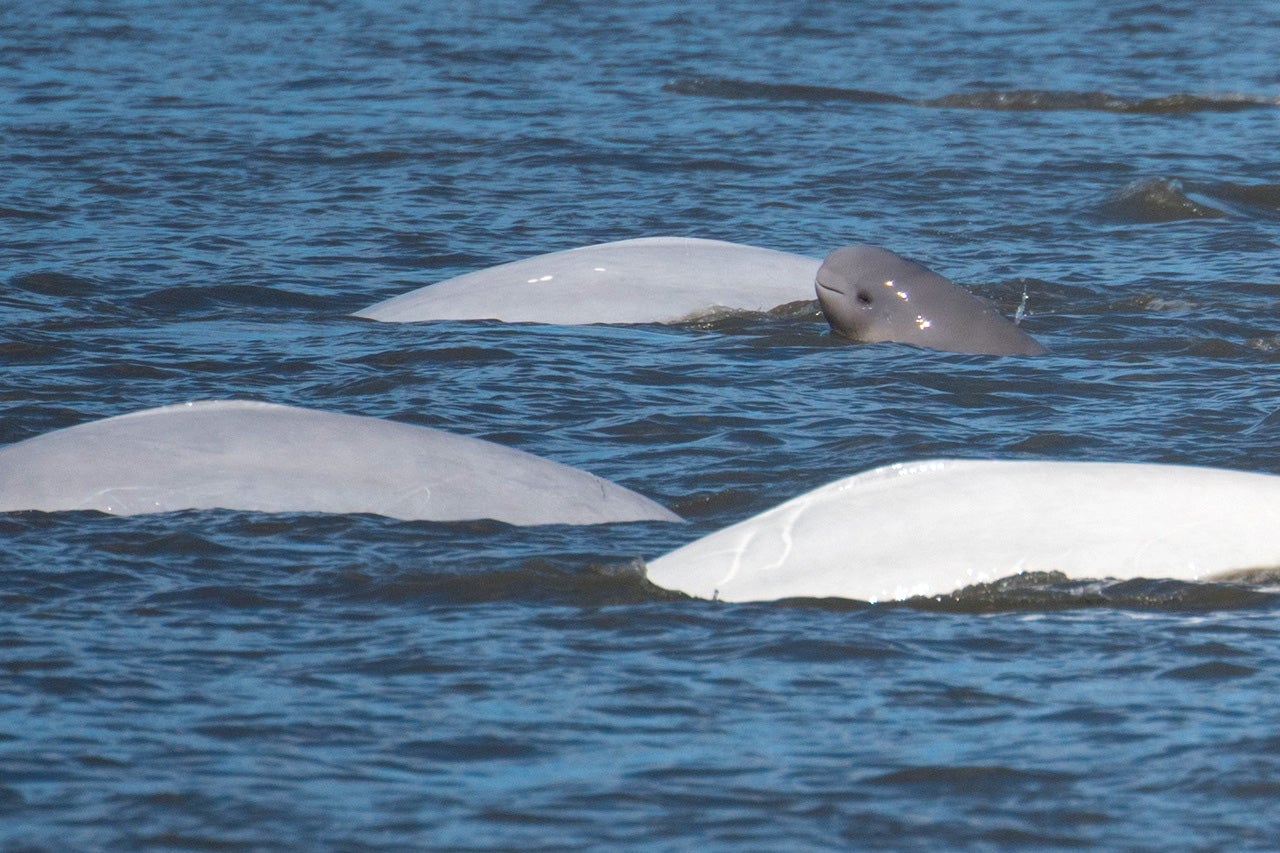Trump Proposes Massive Expansion of Offshore Drilling in Public Waters; Targets Protected Public Waters off California, Eastern Gulf near Florida, All of Alaska
Offshore drilling plan expected to be met with fierce public opposition
Contacts
Jackson Chiappinelli, jchiappinelli@earthjustice.org
The Trump administration unveiled a new federal offshore drilling plan to dramatically expand oil and gas sales in the United States, including where offshore drilling has never happened, or where lease sales have not been held for decades.
The Trump administration is proposing to auction off public waters across approximately 1.27 billion acres, including:
- in California for the first time since 1984, with six offshore lease sales between 2027 and 2030
- the eastern Gulf, where an oil spill could contaminate the entire Gulf coast of Florida, with lease sales in 2029 and 2030
- and every available offshore area in Alaska, including the High Arctic, which stretches 200 miles into the Arctic Ocean, with over 20 lease sales through 2031
In addition to these 34 scheduled oil sales, President Trump’s “One Big Beautiful Bill” will also force 30 massive oil sales in the Gulf over the next 15 years and six in Alaska’s Cook Inlet, a breeding area for Beluga whales.
“The Trump administration is threatening to impose offshore oil drilling on states, cities, and communities that have fought against it for decades,” said Earthjustice senior attorney Brettny Hardy. “Trump’s plan would risk the health and well-being of millions of people who live along our coasts. It would also devastate countless ocean ecosystems that both humans and wildlife rely on. This administration continues to put the oil industry above people, our shared environment, and the law.”
Heading into 2025, the Interior Department had finalized an offshore drilling plan for three sales in the Gulf over the next five years. As President Trump’s first year in office concludes, there are now dozens of offshore oil sales scheduled through 2040.
Meanwhile the U.S. is already producing more oil than any nation in history, the majority of which gets exported.
And Trump is proposing to hold these offshore oil sales in places that have been protected by prior presidents, including himself.
Background
The Interior Department, which oversees the management of the outer continental shelf, has a legal obligation to consider the potential effects of offshore drilling on both human and ecological environments.
In addition to the health, environmental, and economic threats that offshore drilling poses to coastal communities across the country, it also costs American taxpayers immensely.
The oil industry receives extremely favorable federal subsidies, a result of intense lobbying efforts in Washington, D.C. But oil companies reap billions of dollars in profits not just per year but per quarter — raising significant questions about this corporate entitlement.
Meanwhile, some of the biggest and most profitable companies involved in offshore drilling in the U.S. have been eliminating American jobs despite their record production, profits, and ample supply. Even without the Trump administration’s planned sales, oil companies currently hold more than 2,000 active leases spanning a little over 11 million acres of offshore territory in the Gulf (where virtually all offshore drilling in the U.S. occurs). Yet over 80% of those active leases have yet to start producing oil and gas.
Opposition from business alliances, local governments, congressional representatives, tourism groups, and local industries has for years protected against the introduction of offshore drilling — and is expected to channel into a 60-day public comment period. During his first administration, President Trump was forced to abandon plans to expand offshore drilling to new areas of the U.S. in response to robust public and political pushback in states like Florida, Georgia, North Carolina, and South Carolina. Ultimately, Trump reversed course and instead banned offshore drilling in those states.

Additional Resources
About Earthjustice
Earthjustice is the premier nonprofit environmental law organization. We wield the power of law and the strength of partnership to protect people's health, to preserve magnificent places and wildlife, to advance clean energy, and to combat climate change. We are here because the earth needs a good lawyer.